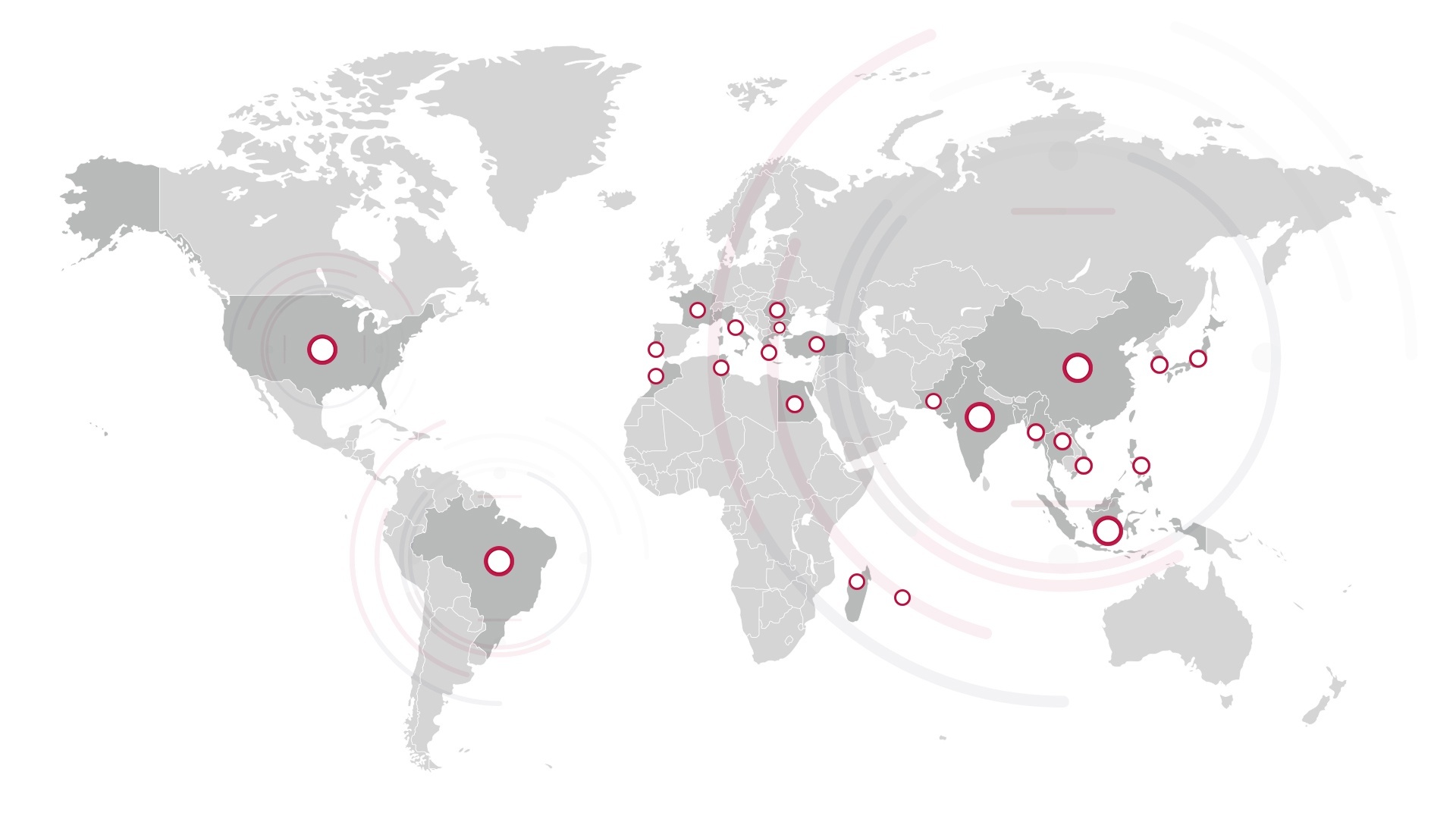In the fashion industry, competition runs exceptionally high amongst fashion brands. If your quality is not up to scratch, you risk failing to meet industry and customer demands, waste a great deal of time, money and resources and inevitably fall behind your competition. Many apparel brands are also pressured to increase their output and maximize profits and, as a result, experience problems within their quality management systems.
We’ve worked in the textile industry for many years and have noticed that some brand owners may sometimes be under the impression that increasing the quality of products will lead to an increase in operational costs and a decrease in Return on Investment (ROI). Fortunately, this couldn’t be further from the truth, and we’re here to set the record straight. In this blog post, we’ll explore some of the best practices for ensuring quality for your brand.
Quality Assurance
Quality assurance sees to it that the result of the manufacturing process is a high-quality, reliable finished product. It is made up of all the planned and systematic operations which are put in place to produce a product that successfully satisfies the given requirements of the brand and customers. Without quality assurance methods, a level of consistency and unity won’t be maintained during the various stages of softlines manufacturing. It’s worth mentioning that quality assurance and quality control often get confused with one another. Quality control is an aspect of quality assurance and occurs from the sourcing stage of raw materials right through to the final stages of production. It is product focused while quality assurance is process focused. It involves a set of activities being put into place which focuses on identifying and correcting any defects in the actual final products being produced before they are released.
Therefore, quality assurance is a proactive quality process which is designed to prevent any defects by testing and improving the process of designing, producing, evaluating and assessing products to ensure that the desired level of quality is met.
The Cost of Quality
Understanding the cost of quality in the apparel industry is a quality assurance method with many benefits. The cost of quality is the money a factory spends on garment and material inspections, quality personnel training and the cost of labor for repair work to ensure that products meet acceptable quality standards. In other words, it’s the total sum of expenses incurred by a fashion brand to prevent non-conformance from happening. Furthermore, the COQ can be divided into the Cost of Good Quality, which branches into Prevention and Appraisal Costs and the Cost of Poor Quality (COPQ) which branches into Internal and External Failure Costs.
The cost of quality is essential because it allows your brand to determine the extent and costs of resources which are used for activities that prevent poor quality, that appraise the quality of your garments and that are a result of internal and external failures. That way, your brand can determine the cost savings to be achieved from implementing efficient quality management systems. Moreover, the COPQ is far greater than the cost of quality implementation and improvement.
Let’s look at an example. If your quality staff detect a defect during the inspection process, you will experience an increase in production costs and a decrease in profit as a result of having to rework and rectify the faulty garment. Having to pay for an external failure cost can cost up to 5 times more in the customer phase; therefore it is crucial to avoid these types of expenses by implementing effective quality management systems.
If you’d like to learn more about the Cost of Quality in the Garment Industry, watch our 5 minute animated video here.
Outsourcing Your Quality Assurance
In order to ensure that a brand’s quality standards and expectations are met, manufacturers rely on quality assurance systems through the process of designing, producing, evaluating, and assessing garments. It is crucial that the quality assurance system is followed during each stage of production. Outsourcing your brand’s quality assurance processes may be an entirely new concept for you, and the thought of it may seem a little odd at first. But, your brand will experience many advantages when doing so.
The garment industry’s quality fitness is based on various factors such as performance, reliability, durability, visual and perceived quality of the garment. Therefore, working with a third-party textile quality provider will ensure that only the best quality assurance methods are used to meet your brand’s quality expectations over and over again. One of the biggest advantages of enlisting the services of a quality management partner is the cost savings benefits. Monthly overheads that would otherwise have been spent on in-house QC training, staff salaries, sick leave, pensions etc. are reduced.
Based on the contract and numbers of hours worked, a set monthly fee or hourly rate is determined when outsourcing, which alleviates any other additional costs associated with in-sourcing. Moreover, you save on costs for infrastructure and expensive equipment which is necessary for inspections and laboratory tests etc. Social compliance is also an important topic to mention. Quality providers will help ensure that your brand meets the required industry regulations to remain socially compliant. Failing to meet these regulations will have adverse effects on your brand’s reputation and ROI. Understanding the importance of the cost of quality in the apparel industry, coupled with help from industry experts will ensure that optimum quality levels are reached consistently.
What quality assurance methods do you use to ensure that an acceptable level of quality is achieved?
Do you have any questions regarding quality assurance methods for apparel brands or the apparel industry in general?
Please leave a comment below, we’ll happily respond!
{{cta(‘8a802816-7d35-40de-8006-bf8b85537c60′,’justifycenter’)}}


.jpg)

